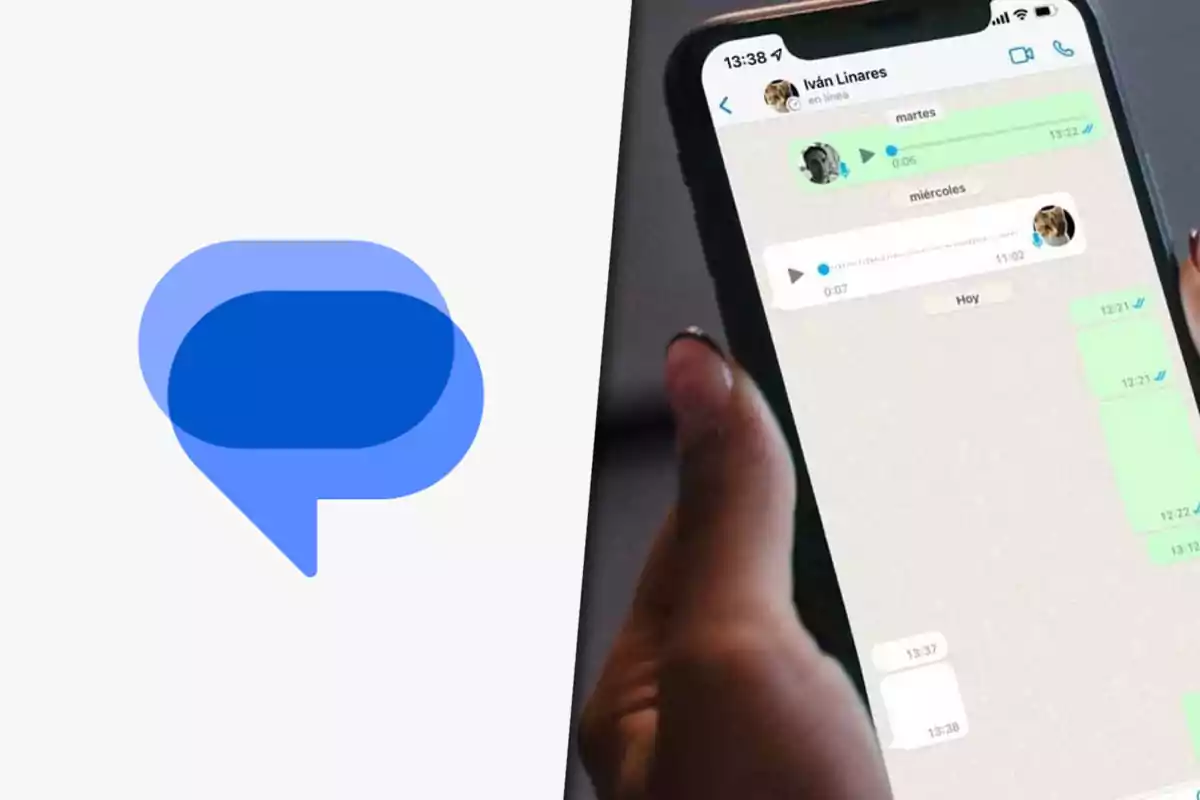
RCS already competes with WhatsApp: this is how Google's system for Android works
Google's new RCS system already works on Android and allows sending audios, photos, and videos without installing WhatsApp
Google is strongly betting on Rich Communication Services, a system that enhances the classic SMS and competes with apps like WhatsApp.
From the Android Messages app, you can now send unlimited audios, photos, videos, and texts without needing to install anything extra.
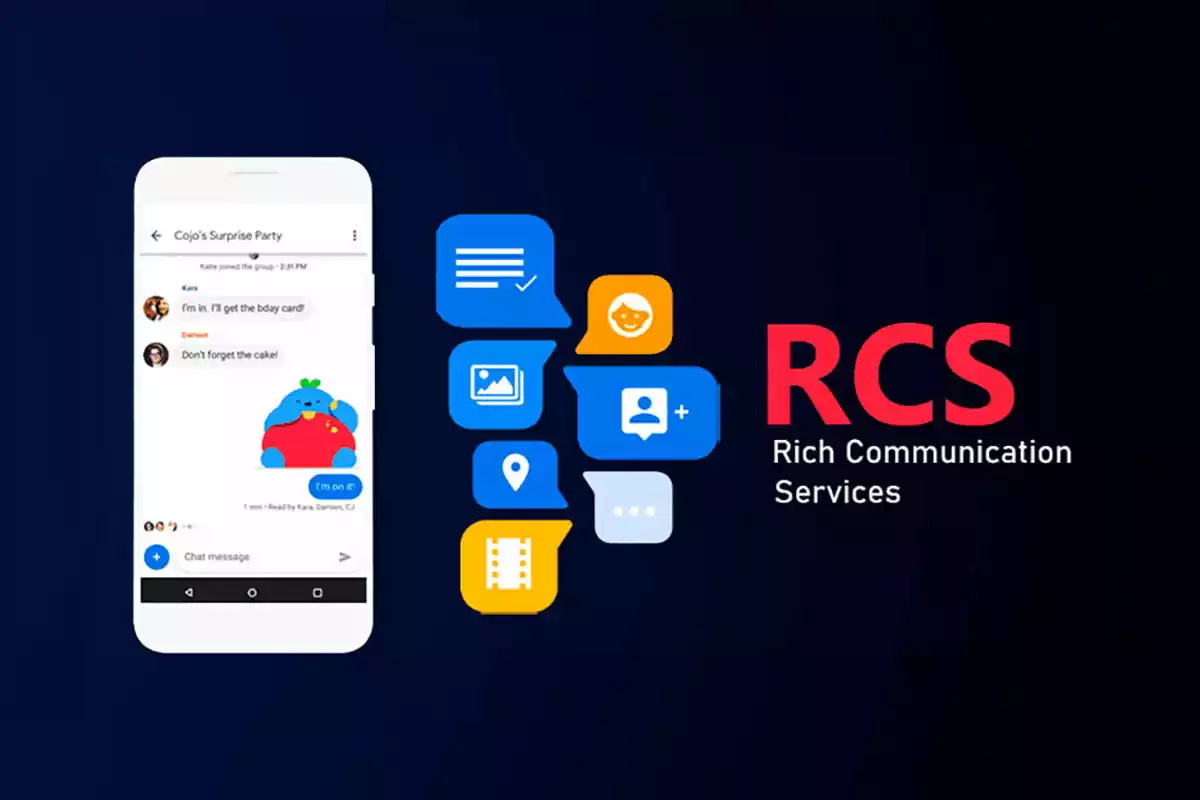
What is RCS and why is it gaining ground?
RCS (Rich Communication Services) is a protocol that modernizes the old SMS messaging system.
It allows sending multimedia content, voice notes, viewing read receipts, and setting up group chats, all without installing WhatsApp or Telegram.
A natural evolution of SMS
It was developed by Google along with operators worldwide to replace SMS and MMS with modern features.
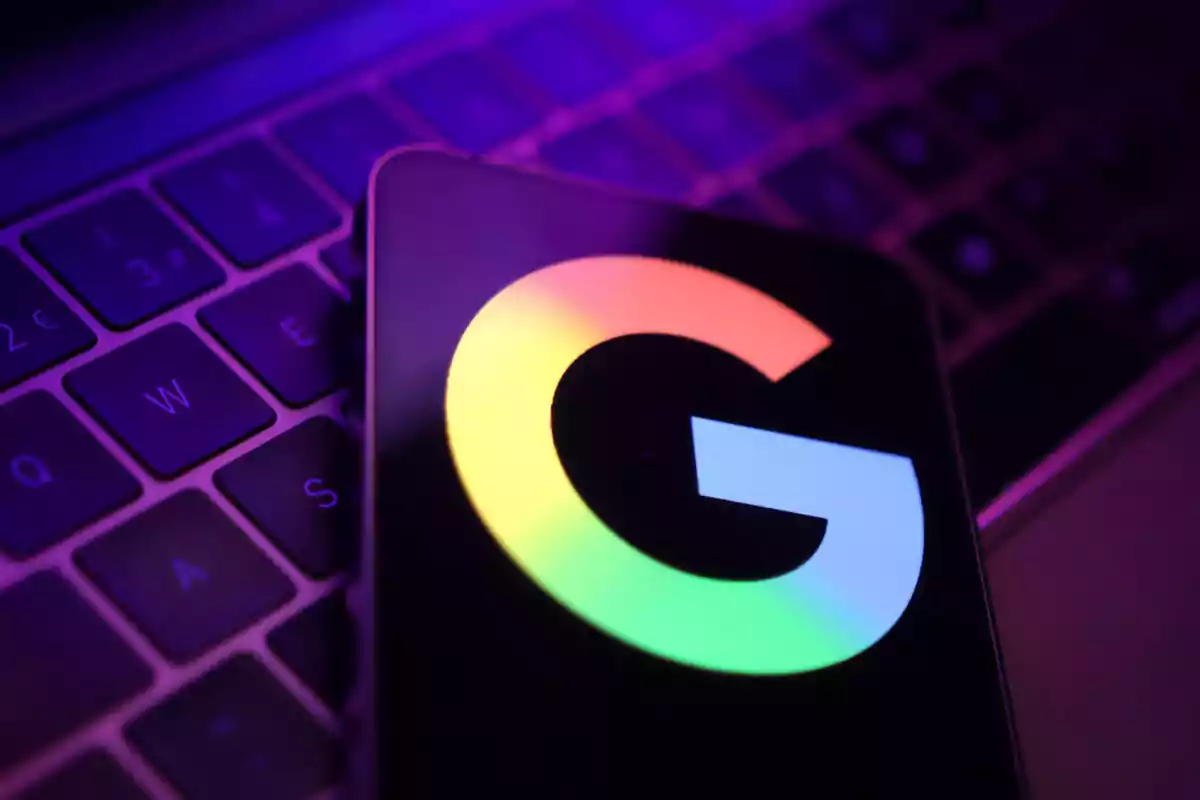
On Android phones, it is already natively integrated into the Messages app, offering an experience very similar to iMessage.
How does RCS work?
Unlike SMS, which depends on the cellular network, RCS uses the internet: it can connect via WiFi, LTE, or 5G.
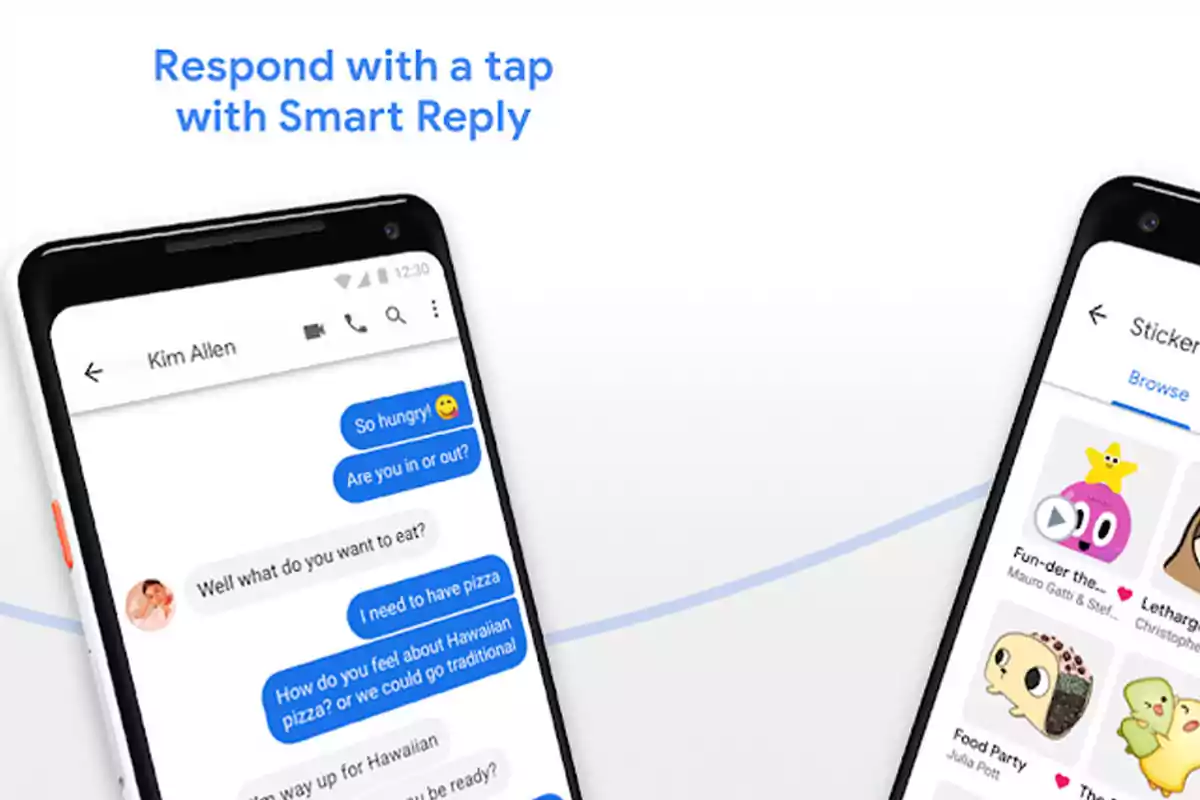
This positions it in the same category as apps like WhatsApp, but without relying on third parties. It comes factory-integrated in Android.
Rich messages from the native app
- Support for messages without character limits
- Sending high-quality images, videos, and audios
- Read and typing confirmations
- Group chats with advanced features
Additionally, RCS messages are routed through Jibe Cloud, a GSMA-certified server that guarantees speed and stability.
Google's plan: conquer messaging without external apps
Google aims to establish RCS as the direct alternative to WhatsApp, integrating it with its entire Android ecosystem.
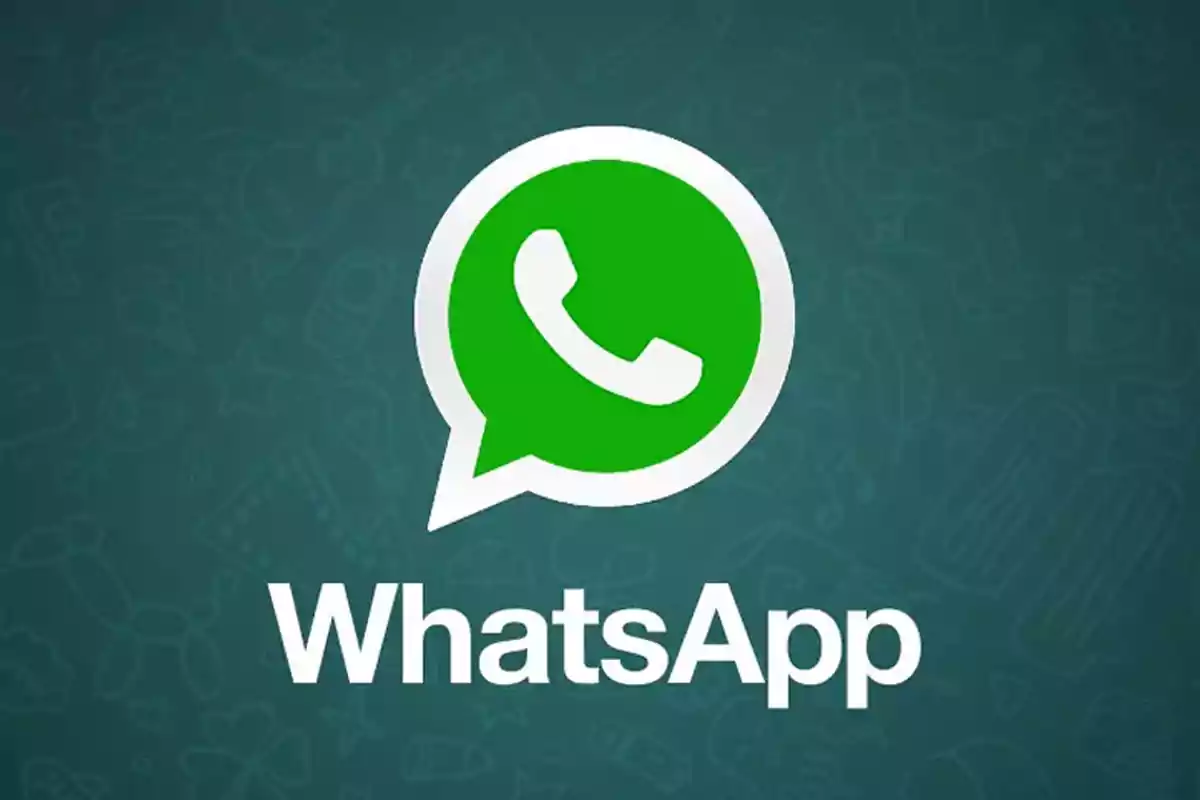
There's no need to download an extra app anymore. Google's Messages app allows you to activate RCS with a couple of clicks, as long as your carrier supports it.
Is RCS going to replace WhatsApp?
For now, RCS is growing within the Android ecosystem, but it still lacks presence in the mass market.
However, its native integration and Google's backing provide it with a solid foundation to become the new messaging standard on phones.
More posts: